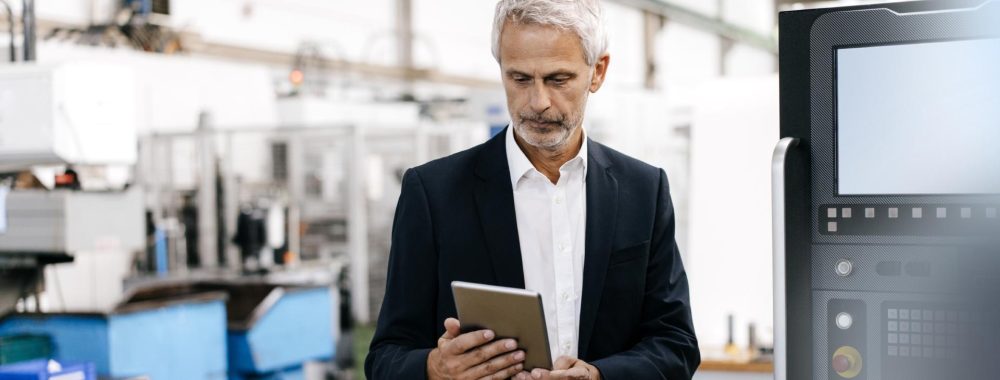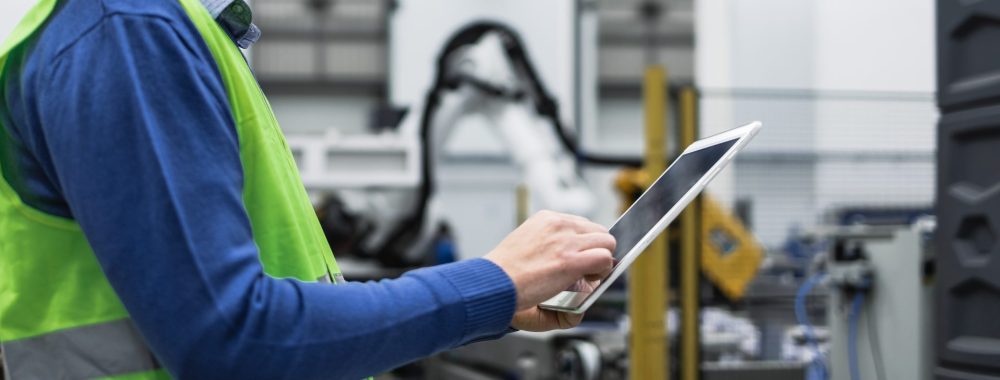Condition Based Maintenance or CBM is a maintenance strategy that focuses on the availability, reliability or maintenance cost of an asset. Through pre-diagnosis of equipment, the asset is monitored on a continuous basis to prevent asset failure.
This maintenance strategy aims to extend the life of machinery, increase productivity and reduce operating costs by determining when and what type of maintenance each asset needs, long before failure.
In addition, CBM considers all types of parameters that can affect the asset’s functionality, such as temperature or environment, providing an optimal control of the machine’s condition.
What is Condition Based Maintenance?
As has been explained in other articles, maintenance is a key element in achieving higher levels of availability and reliability at the lowest cost. The conditional strategy is based on the assumption that it is not possible to determine a priori the useful life of each part and that, therefore, it is better to review each asset with different techniques to assess whether it is worth intervening or not.
Compared to predictive maintenance, condition-based maintenance or CBM measures maintenance based on real-time sensor measurements.
For example, a factory needs to know if a part of one of the machines in the production process is working properly. Applying Condition Based Maintenance, the amount of vibration produced by the part to be analysed is used as a critical parameter. If the vibration exceeds unsafe levels, an incident is reported to the maintenance team, which will immediately take care of the solution.
In this way, Condition Based Maintenance only performs its function when necessary, reducing unplanned downtime events and maximising maintenance time.
Condition Based Maintenance types
These are some of the parameters that are taken into consideration when measuring and evaluating which asset needs to be checked or repaired.
Vibration. It may be imperceptible to the human eye, but certain rotating equipment, such as motors or pumps, produce a certain amount of vibration to perform their tasks. As these parts degrade, the vibration of the part is triggered. In an MBC, vibration sensors are able to detect at what point this movement signals a bearing failure or other problem.
Infrared Thermography. This uses a thermal imager to detect radiation coming from a part, which will be converted into temperature and show an image of the temperature distribution on the object in real time. This type of monitoring is ideal for checking gas or liquid levels in an asset.
Ultrasonic maintenance. Ultrasonic sensors are capable of detecting potentially faulty assets. Sometimes a machine malfunction creates certain sounds that ultrasonic sensors are able to identify.
Oil analysis. Oil analysis measures particles that show the health of the lubricant, contamination and deterioration of an asset.predec
Condition Based Maintenance Anvantages
There are many types of maintenance that you can apply in your industrial business. Here are some of the advantages of Condition Based Maintenance.
- One of the strengths of CBM is that it is carried out while the asset is running. This reduces the number of disruptions to operations, keeping production levels high.
- CBM ensures an increase in the lifetime of any equipment.
- It reduces unscheduled downtime spent in the event of a major failure.
- Early detection of potential breaches, breaks and wear on parts.
- Optimises available resources, reducing unnecessary costs.
- Increases worker safety, preventing and avoiding work-related accidents.
- Prevents irreparable damage to industrial installations.
Nexus Integra for Condition Based Maintenance for your industrial business
Nexus Integra is the integrated operations platform that will help you manage your company’s maintenance with maximum effectiveness. Reduce costs, prevent breakdowns and other unexpected incidents by applying Condition Based Maintenance.
In addition, Nexus Integra allows you to automate and control processes in real time, obtaining a 360-degree vision of the company, thanks to its capacity to integrate with new and existing systems.
Contact the Nexus Integra team to digitise your company and achieve operational excellence.


